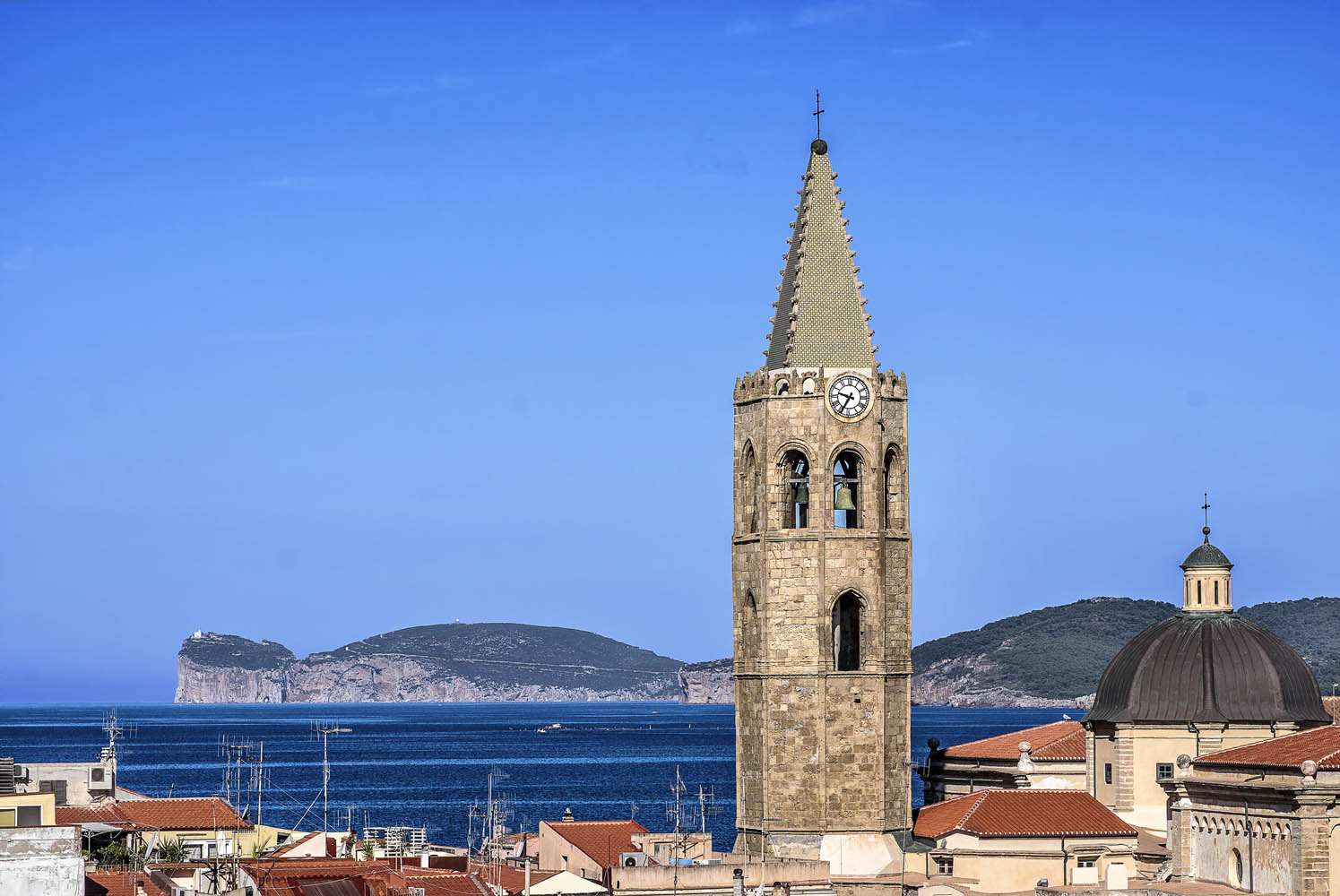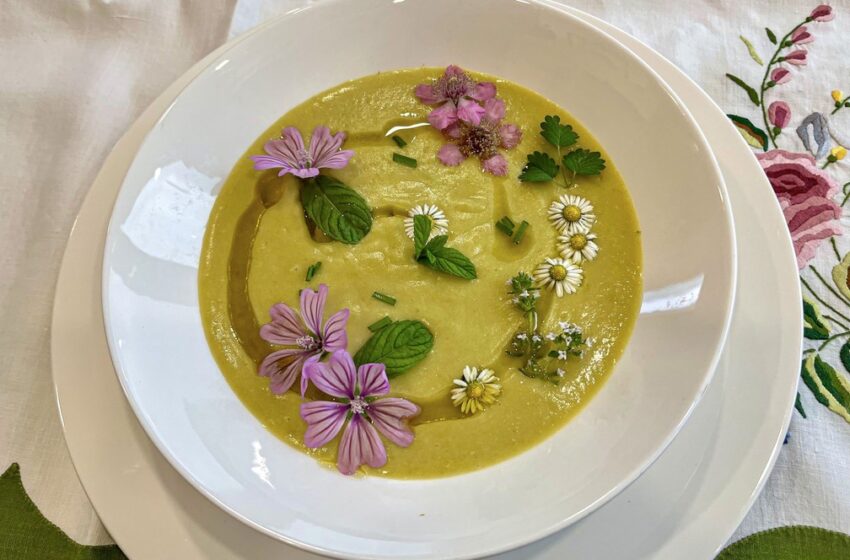
The Princes of Soups: Legumes
“Seven things does soup: it nourishes and quenches thirst; fills the belly and cleans the teeth; makes one sleep, helps digestion, and makes the cheeks glow.”
How many times, while preparing soups for my family, I’ve thought about the wisdom embedded in this ancient proverb.
In the incredible variety of this dish, adapted to personal tastes and regional products, one can see the wisdom of a peasant culture that knew how to make the most out of little in times when nothing went to waste. The most famous recipes were born in the homes of the poor who, trying to make the most of what the pantry provided, devised recipes rich in flavor, now fully part of our intangible heritage.
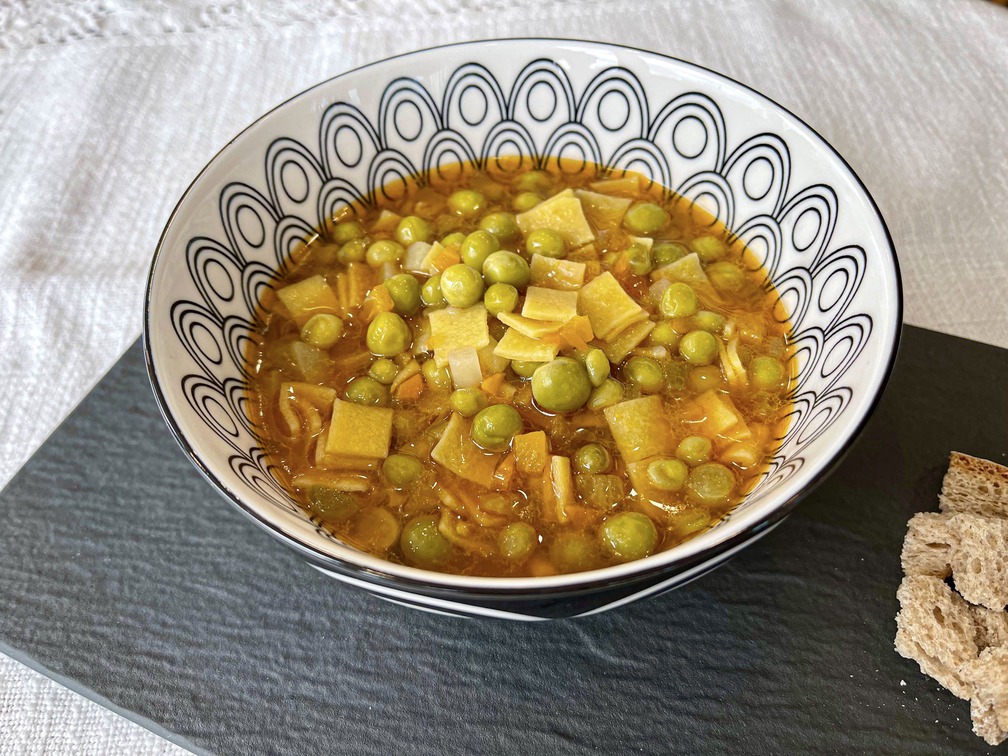
From a nutritional point of view, soups offer an infinite range of variations with vegetables, vegetables, legumes, and cereals, or enriched with meat, fish, eggs, or cheeses, up to the most exotic ones where local products are mixed with spices, soybean sprouts, tofu, and plants from all continents. Often made more substantial with the addition of pasta, rice, and all kinds of cereals, or with stale bread and croutons, the merit of these dishes lies in their simplicity of execution and their great versatility. Appetizing and steaming, but equally inviting in the summer when served cold, soups satisfy without weighing you down, and in winter they help warm the body from the inside, giving relief and lifting the spirits, just as the old proverb says.
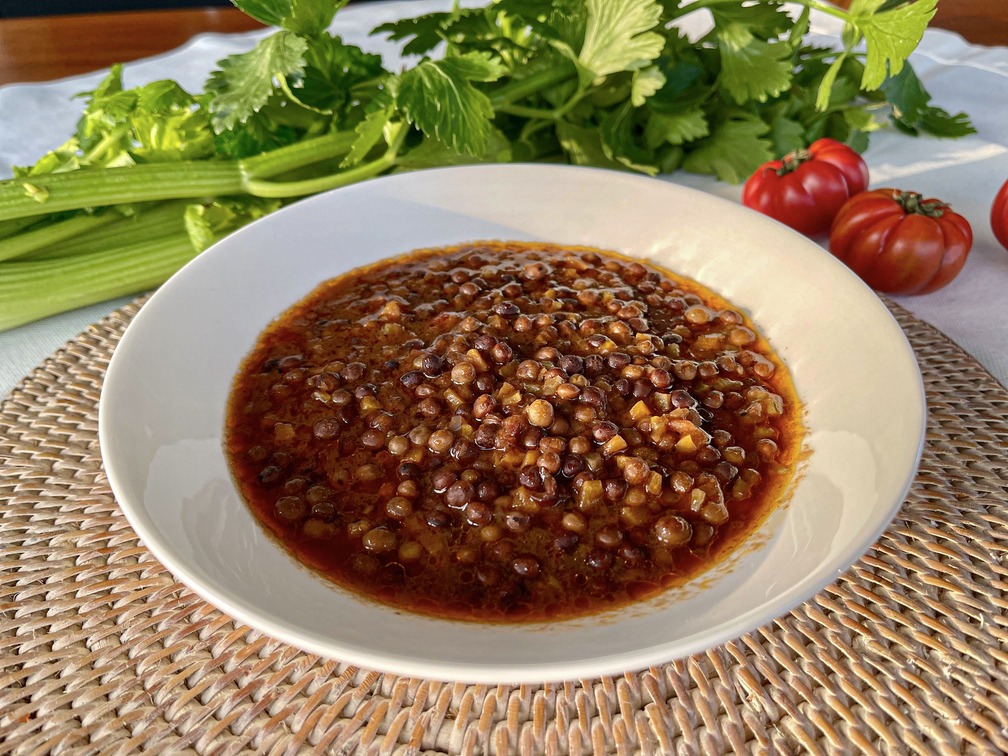
Some clarifications from Professor Attilio Turchetta, sports doctor at the Bambin Gesù in Rome: “Legumes are a gift from the earth, always available, inexpensive, and a privileged source of fiber, B vitamins, iron, zinc, and calcium. They contain proteins and combined with cereals, especially if whole grains, they are perfect for providing these nutrients. They are cholesterol-free and rich in antioxidants. Few defects, perhaps the main one concerns management: they must be purchased, cleaned, prepared and in a world going a thousand miles an hour like ours, they risk being a burden. It’s up to us to commit. And let’s not forget that legumes are excellent allies for our health.”
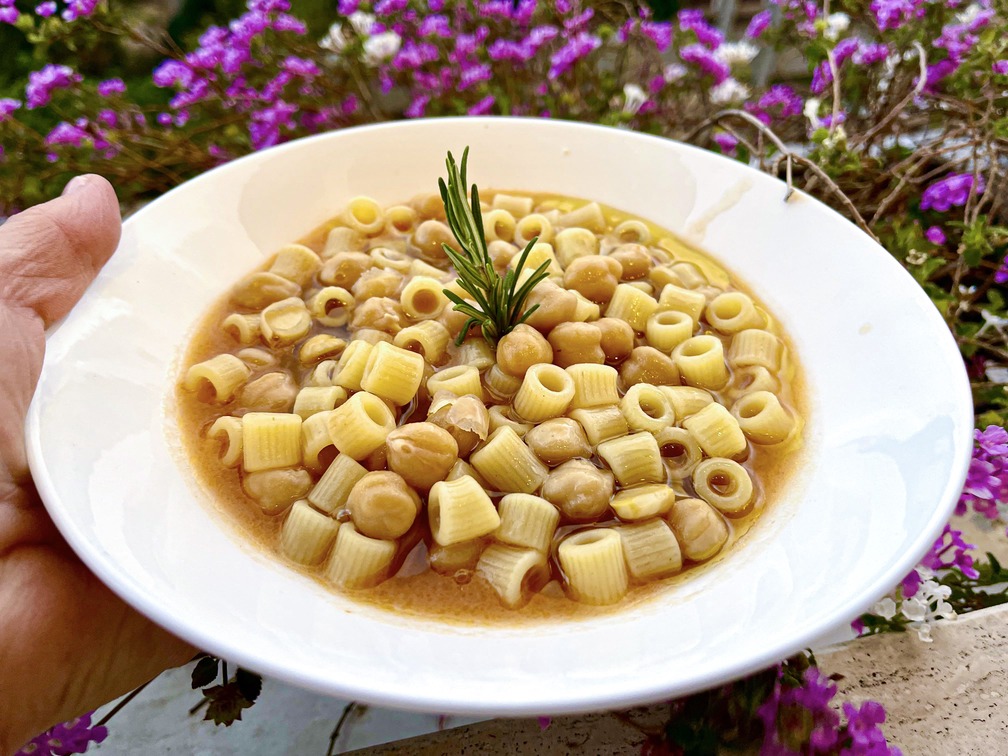
Without being aware of all this, my grandmother Assunta often proposed legume soups that I appreciated very much as a child, such as the one with fresh peas and homemade small pasta squares, or with chickpeas and large ridged pasta with rosemary flavor, from the Tarquinia area and surroundings.
Do you think soups are not suitable for summer?
Just change the serving temperature, bringing them to the table just lukewarm (never cold from the refrigerator where they keep very well for several days). Not only soups but also veloutés, like the one with peas (cover photo), a romantic revisitation of the surplus of soup, to which I added, instead of pasta, a couple of boiled potatoes as a thickener. The little flowers, all edible, found in a field near home, can make a simple dish more cheerful.
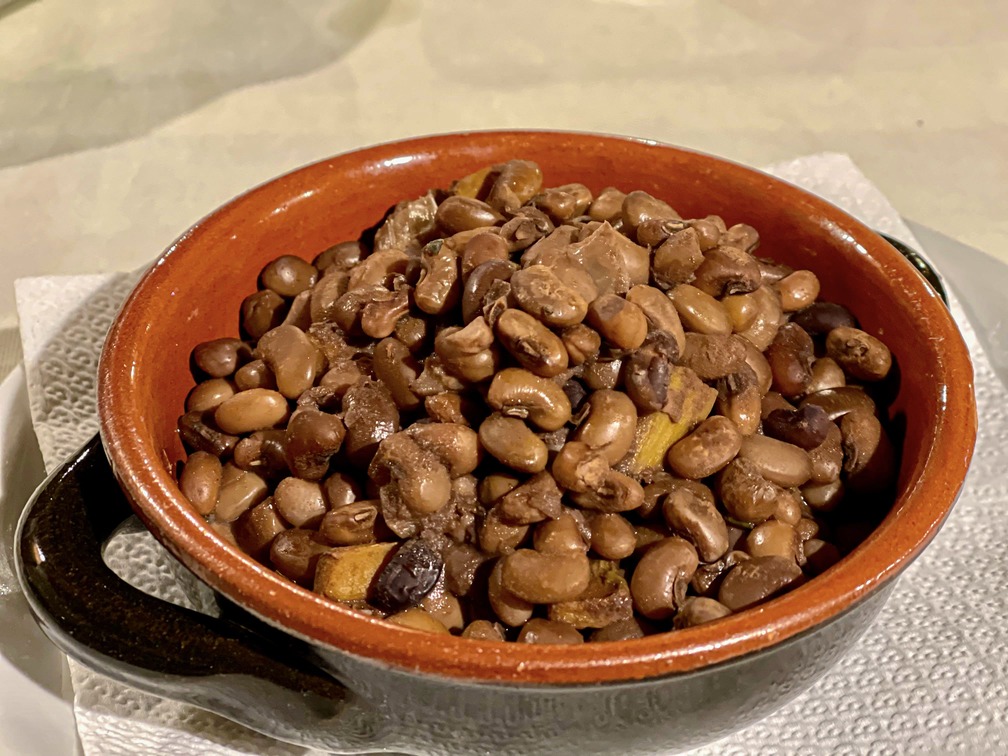
Furthermore, every city, village, or town in our Peninsula has its specialties like the soup with “fagiolina” from Trasimeno, tiny multicolored beans grown in a small piece of land in Castiglione del Lago (PG), or with “roveja,” tiny brown spheres the size of lentils, actually, peas that grow exclusively on the banks of the Nera river, around Cascia (PG). Both are Slow Food certified presidia, at risk of extinction because the different phases of the production chain, from sowing to harvesting, done by hand, make them less profitable and, perhaps, proportionately a bit more expensive than other legumes. Let’s hope that the Presidia initiative can contribute to safeguarding two rarities with ancient origins, forgotten excellences of our country.
Happy cooking! Sandra

Si occupa di cucina e di tradizioni, con un pensiero sempre sensibile verso le tematiche della sostenibilità sia ambientale che economica.
Leggi in:
![]() English
English





